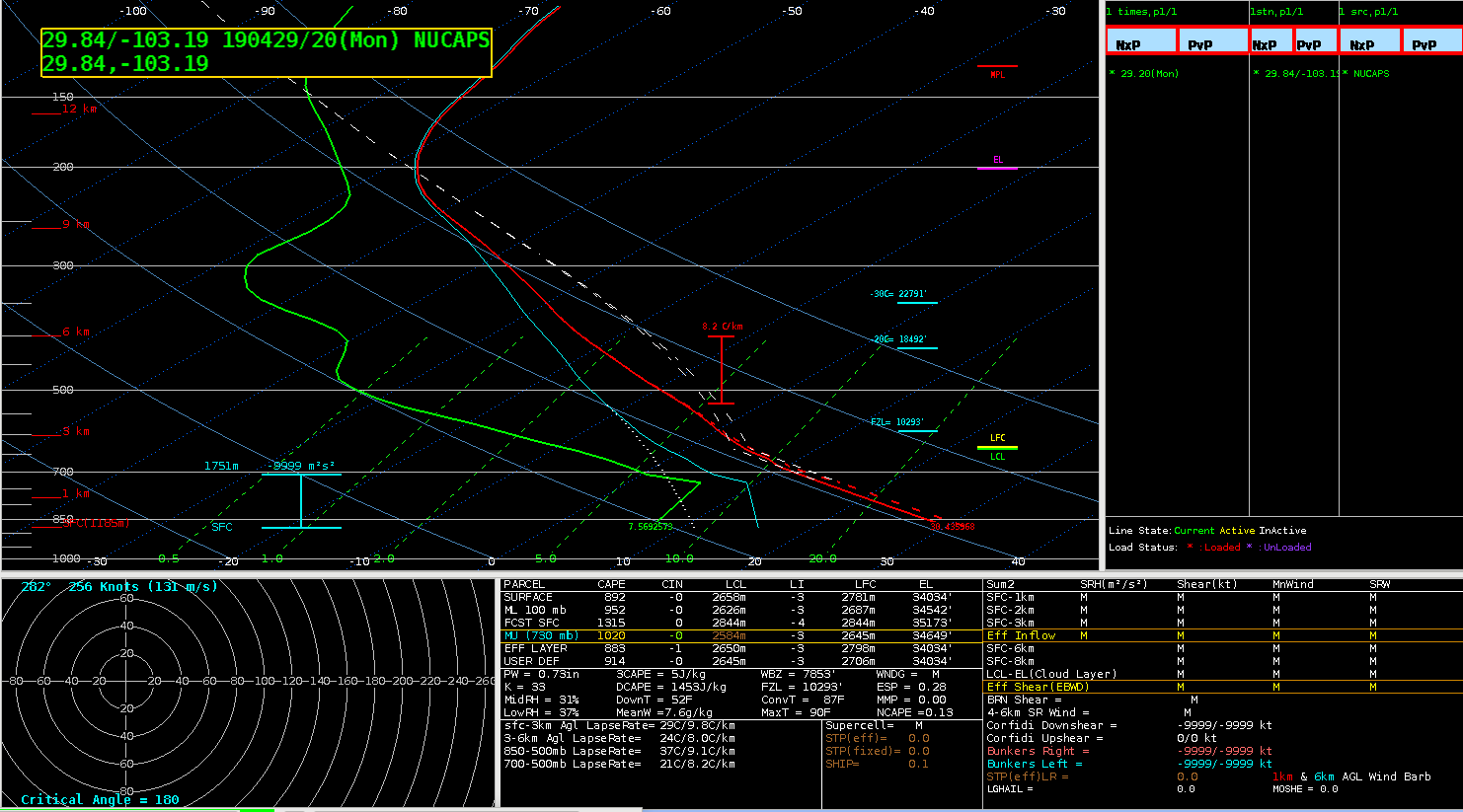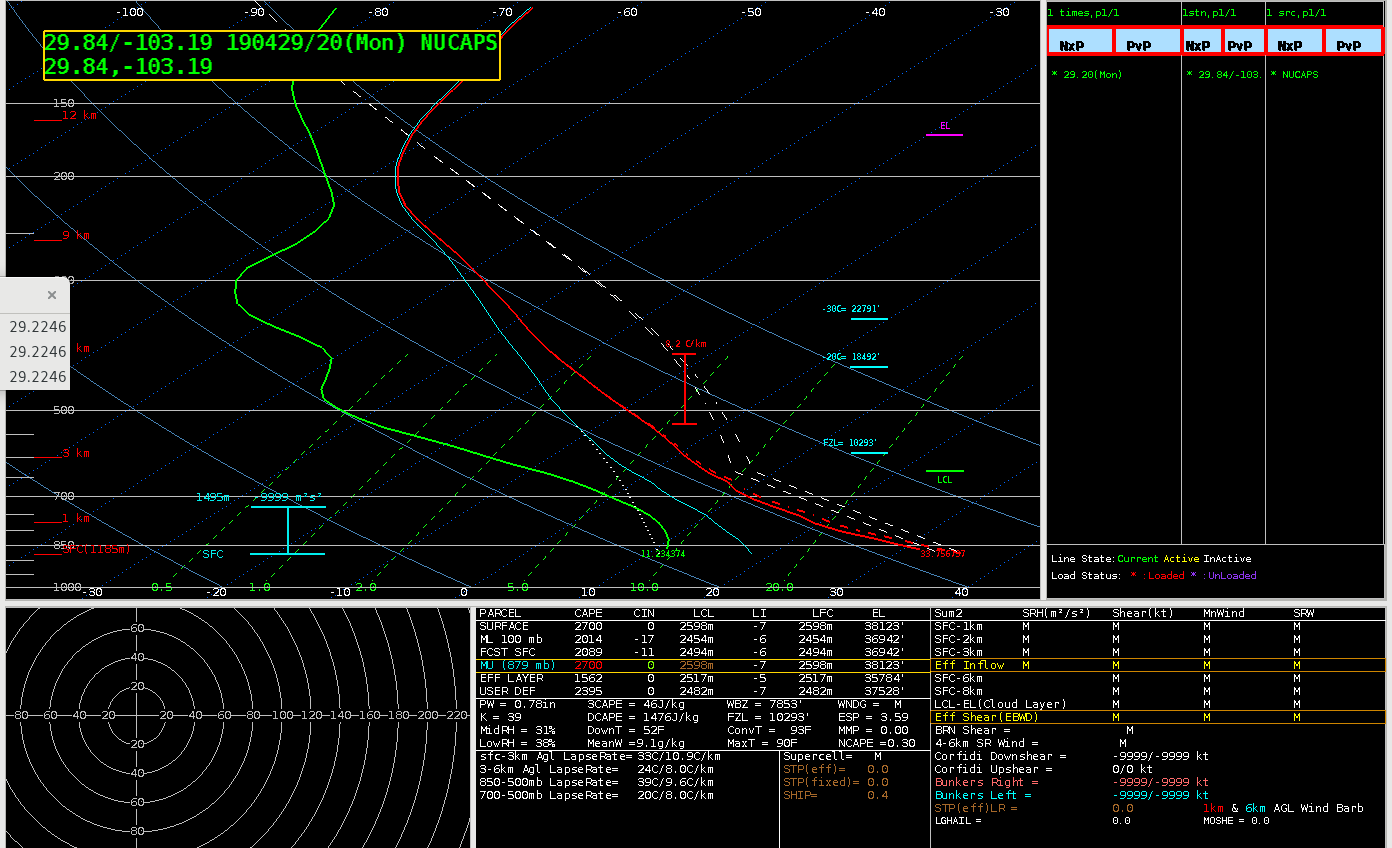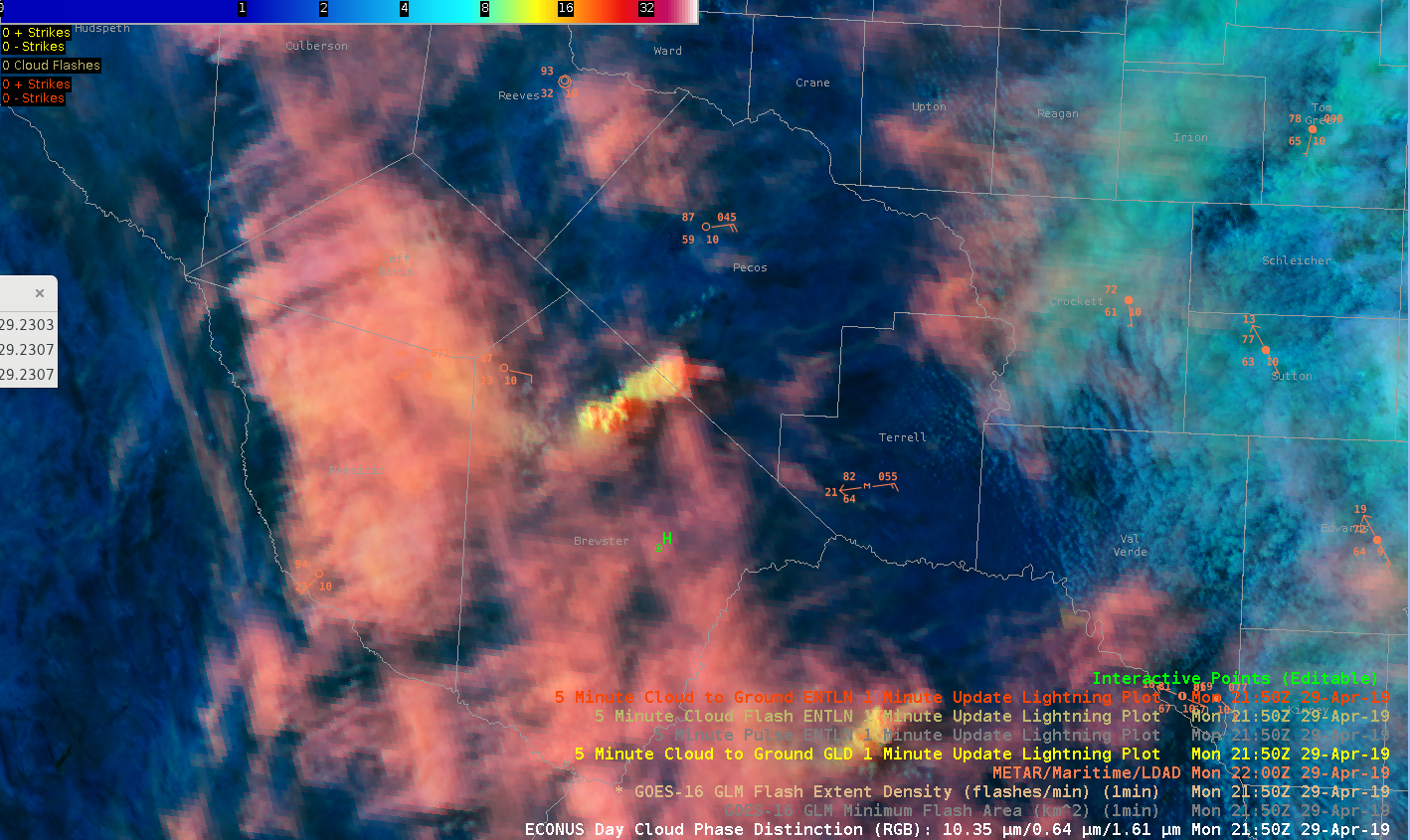This was the lone tornado warning I issued. It was borderline but a nice MCV wrapped up after this. Likely contributed to some severe winds at times.
This helped lead to a warning at 2146 UTC. This cell was near our southern CWA border. This looked good for hail.
Here is the same storm a bit later when it’s more of a wind threat. 40 kt winds showing up even with a poor radar angle.
Good overshooting top with that same storm showing up nicely in the DCP.
Other notes. I liked the idea of the micro wind product but it’s too hard to read. Needs work to be usable.
One last minute tornado warning…
- Some Random Guy

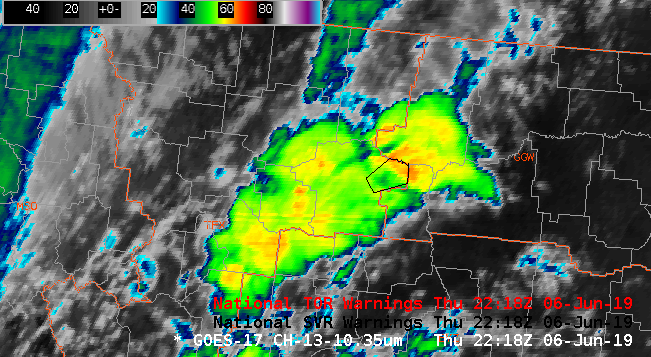
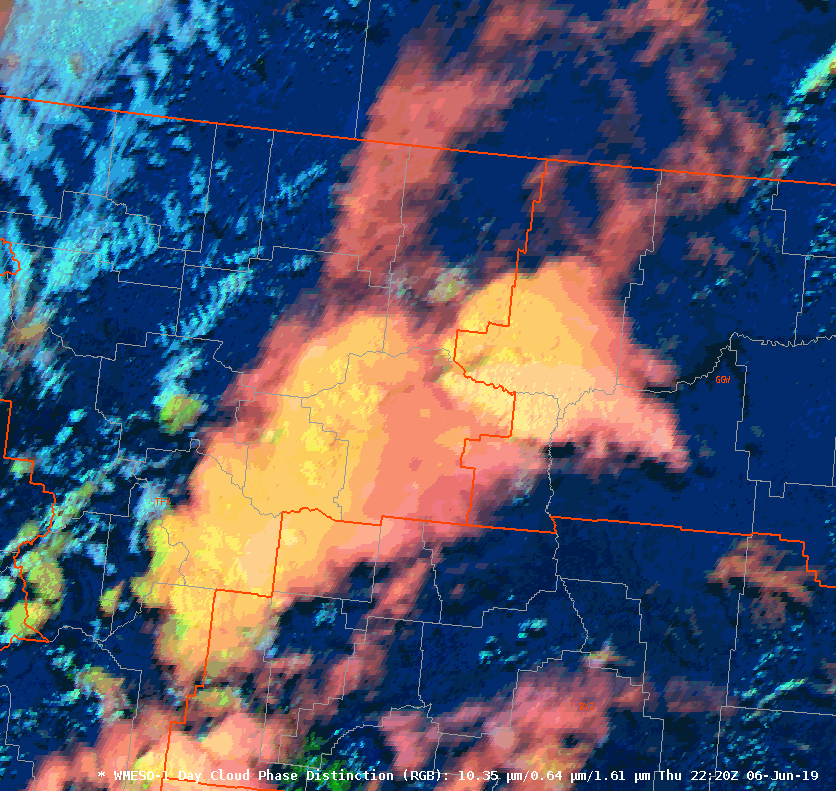
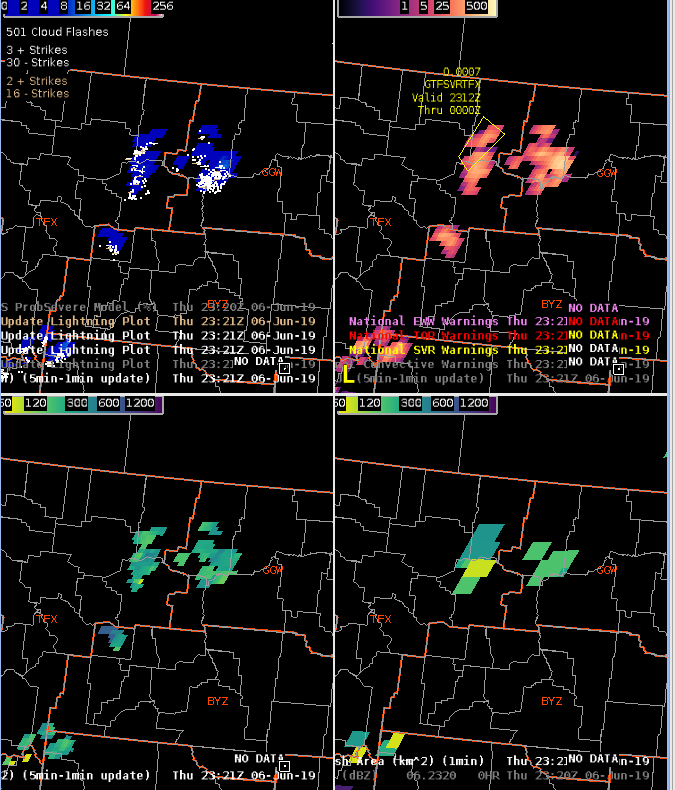
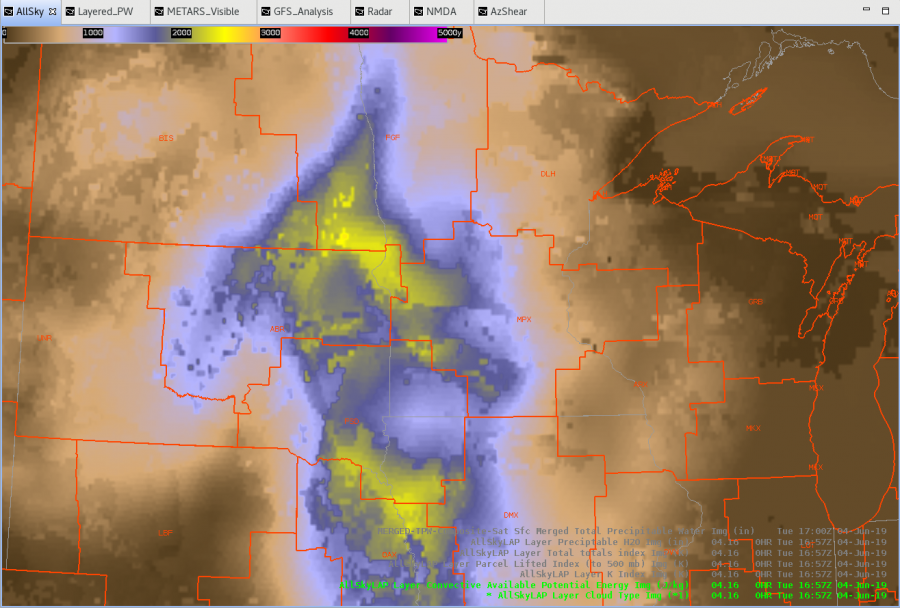
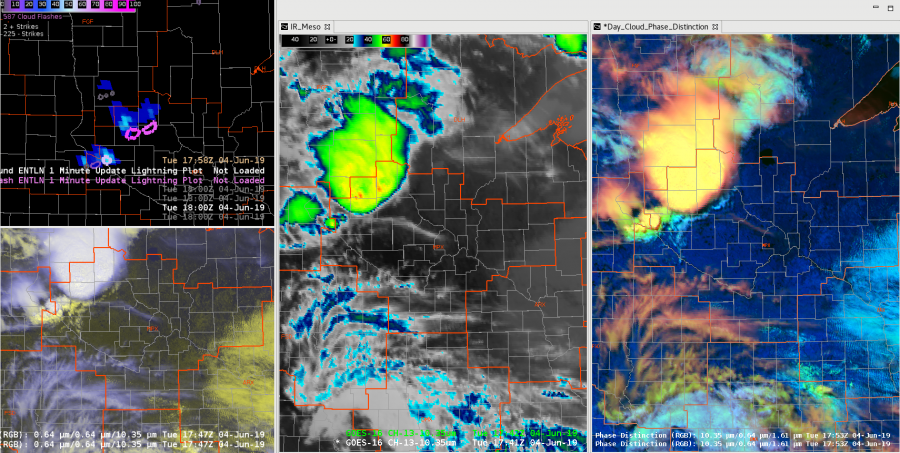
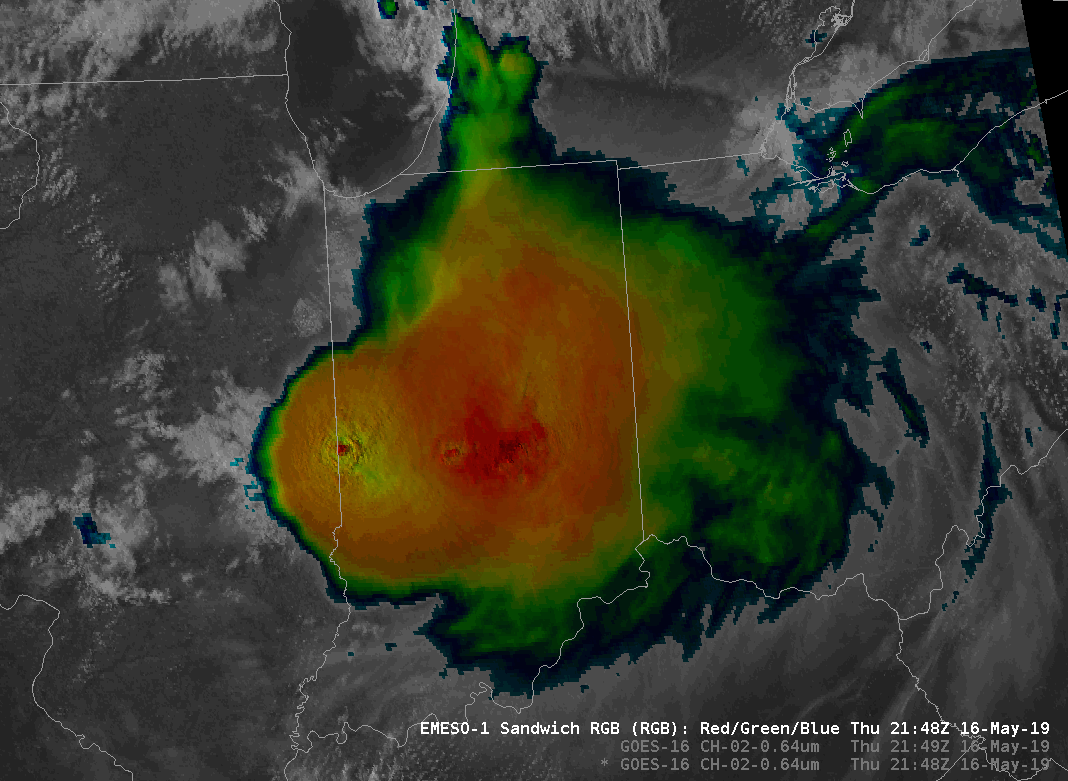
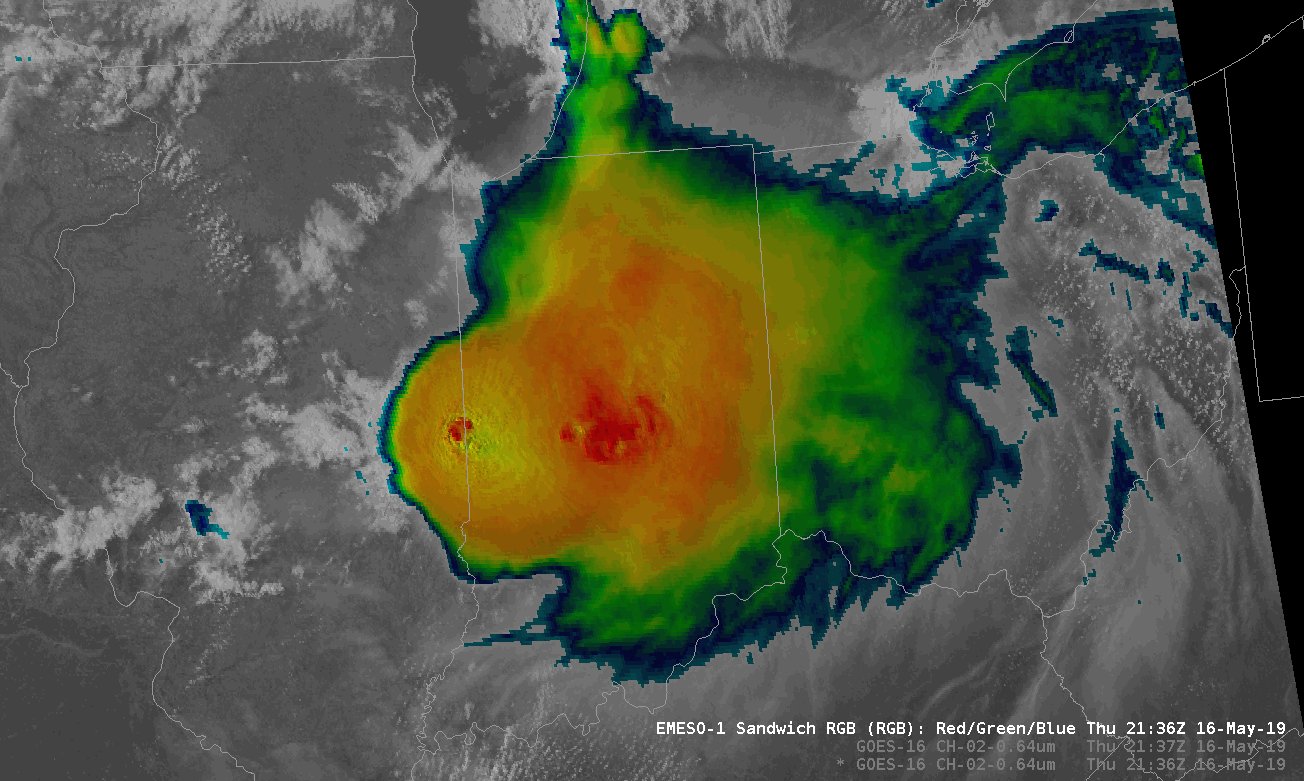
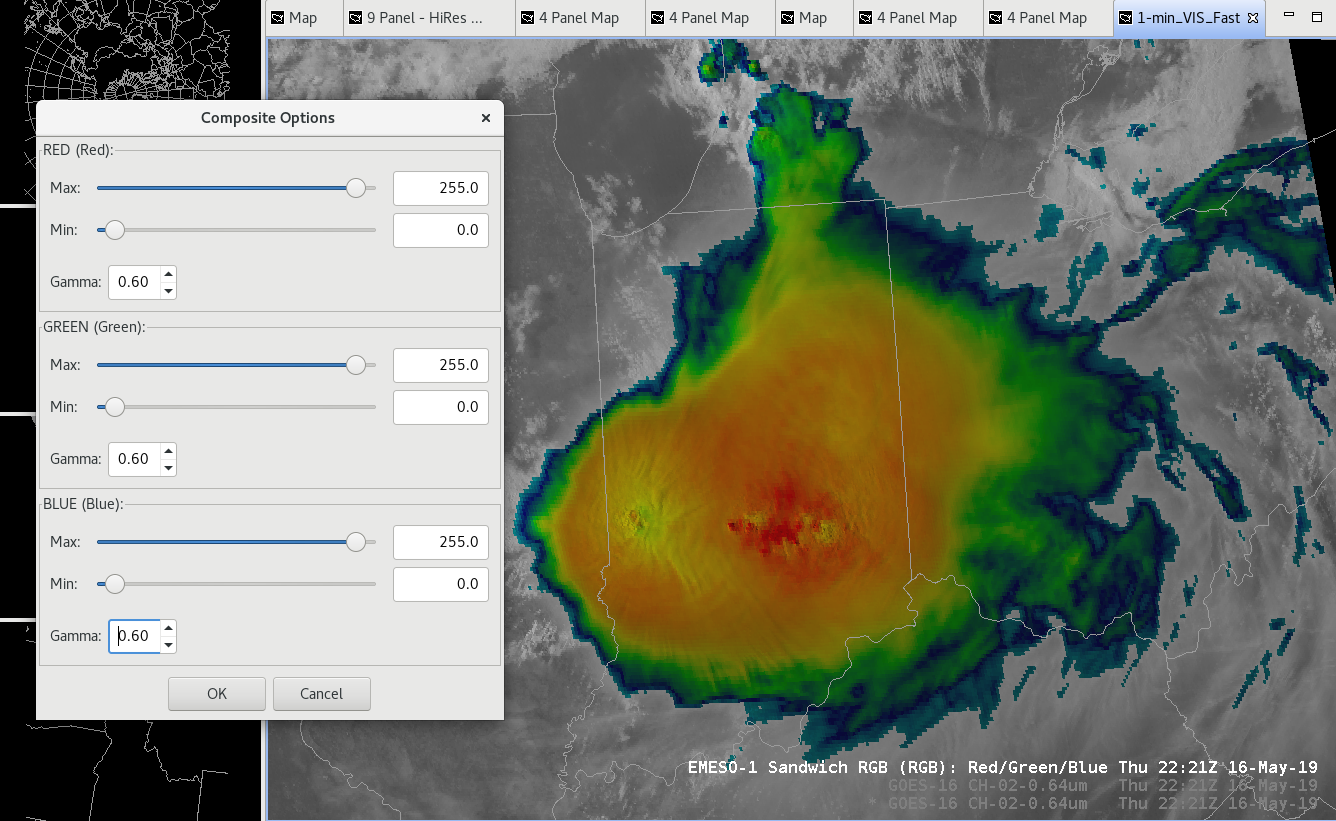
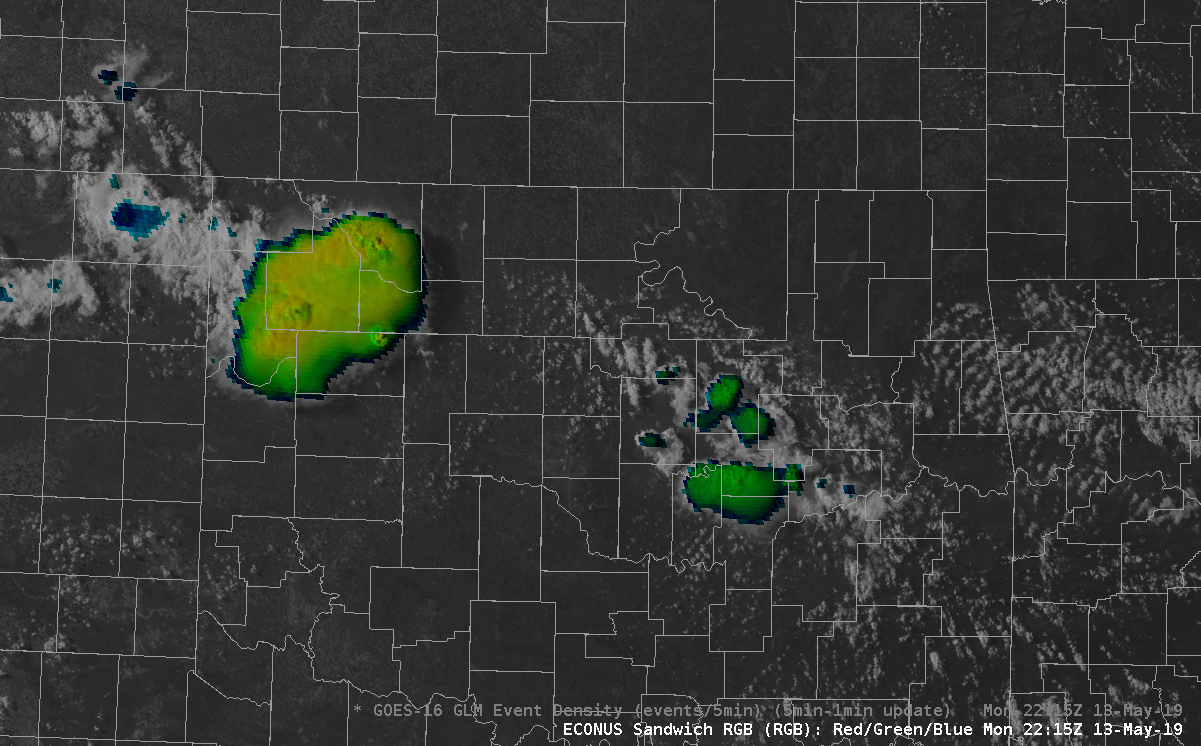
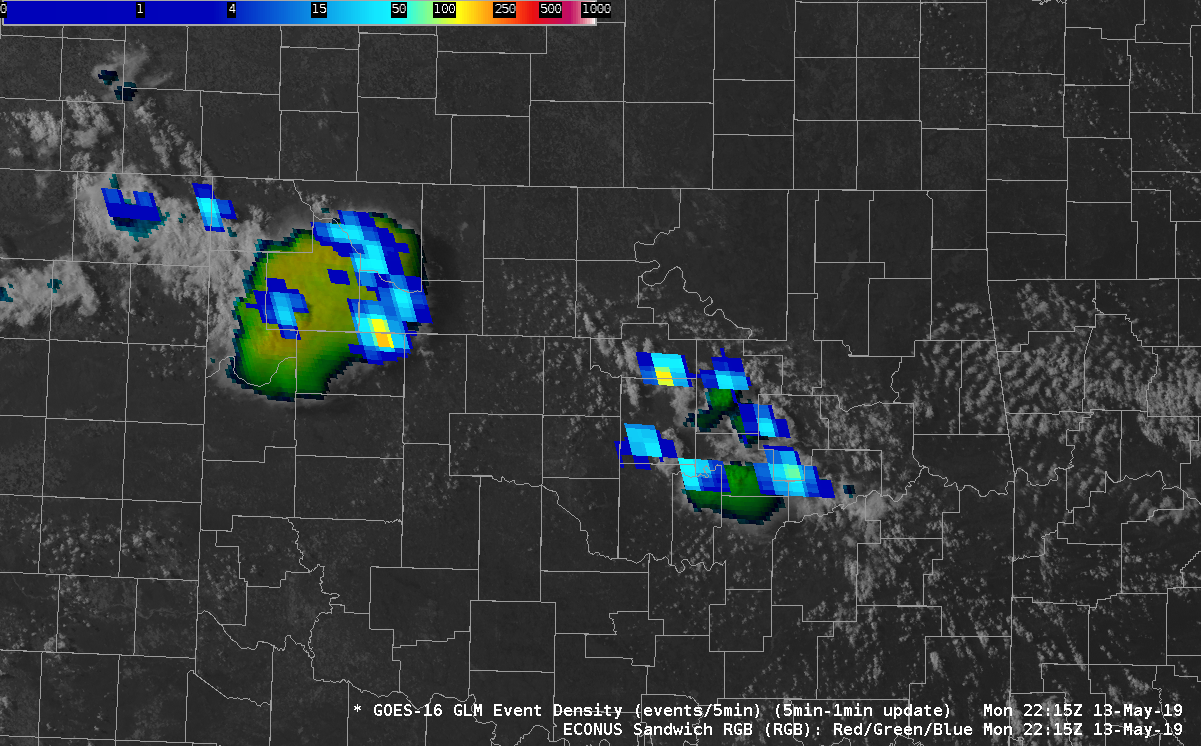 .
.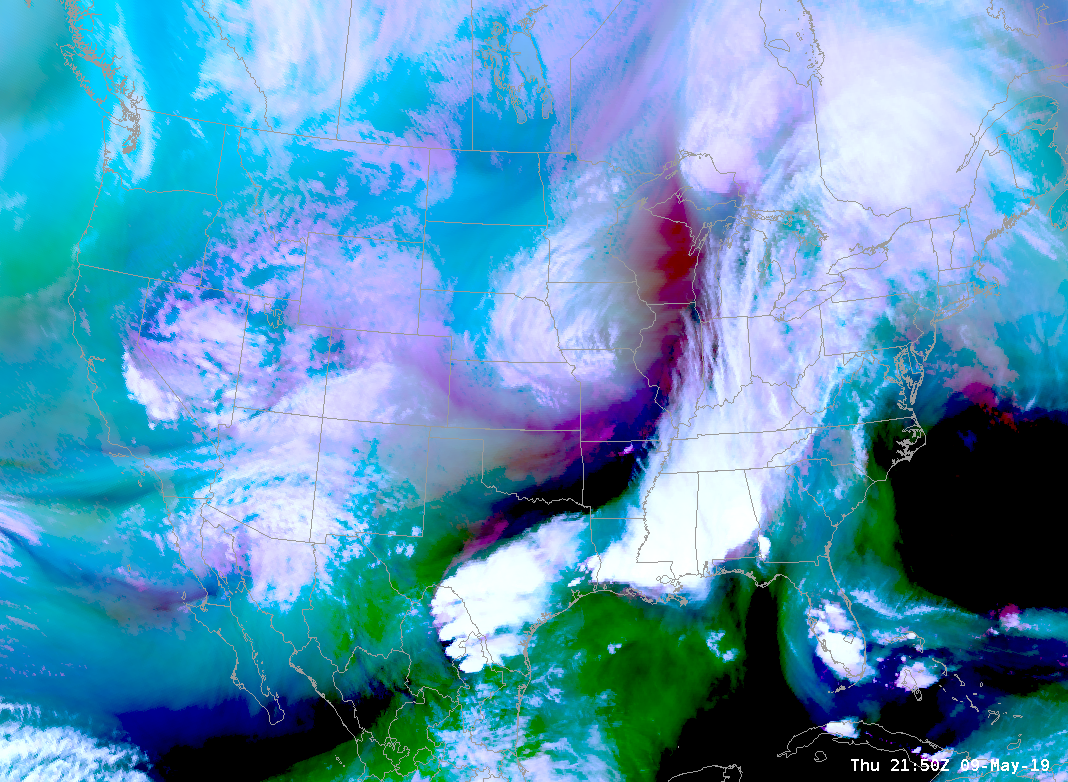
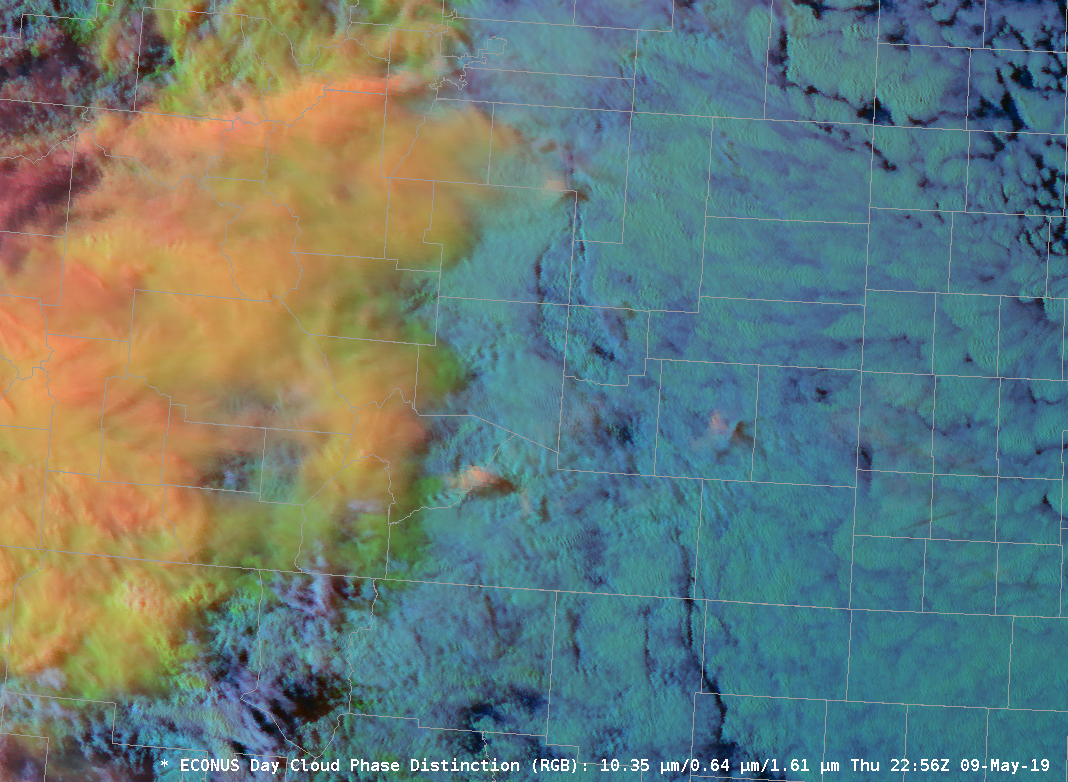 However, I wasn’t aware of some of the RGB combinations that I’ve been exposed to here at the HWT. The features that can be picked out by applying coordinating colortables to multiple channel views is simply astounding. I’ve used the simple water vapor, day cloud phase distinction, day convection, differential water vapor RGBs this week….I’ll be making a phone call to my broadcast weather vendor. I know I’ll need to get some other broadcasters on board with me to lead a charge, but count me in. Until then, I’ll be livin on the CIRA RMMB Slider site!
However, I wasn’t aware of some of the RGB combinations that I’ve been exposed to here at the HWT. The features that can be picked out by applying coordinating colortables to multiple channel views is simply astounding. I’ve used the simple water vapor, day cloud phase distinction, day convection, differential water vapor RGBs this week….I’ll be making a phone call to my broadcast weather vendor. I know I’ll need to get some other broadcasters on board with me to lead a charge, but count me in. Until then, I’ll be livin on the CIRA RMMB Slider site!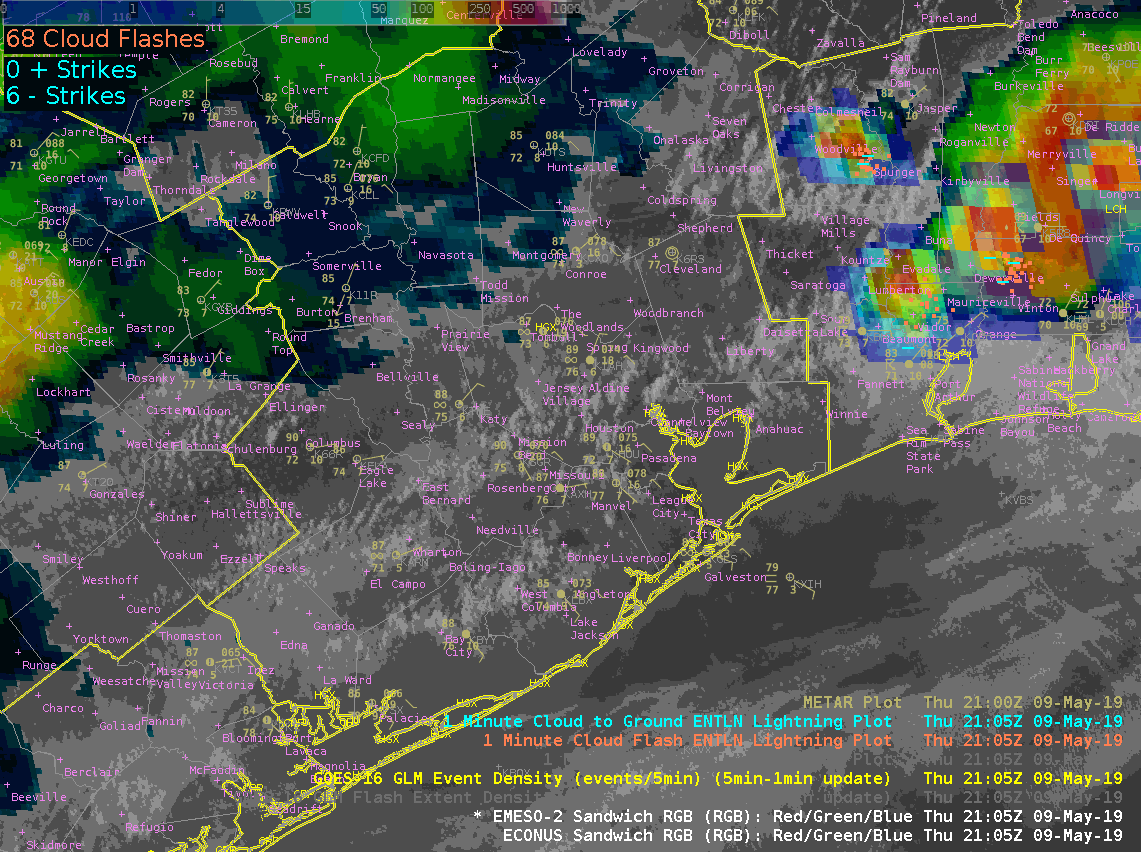
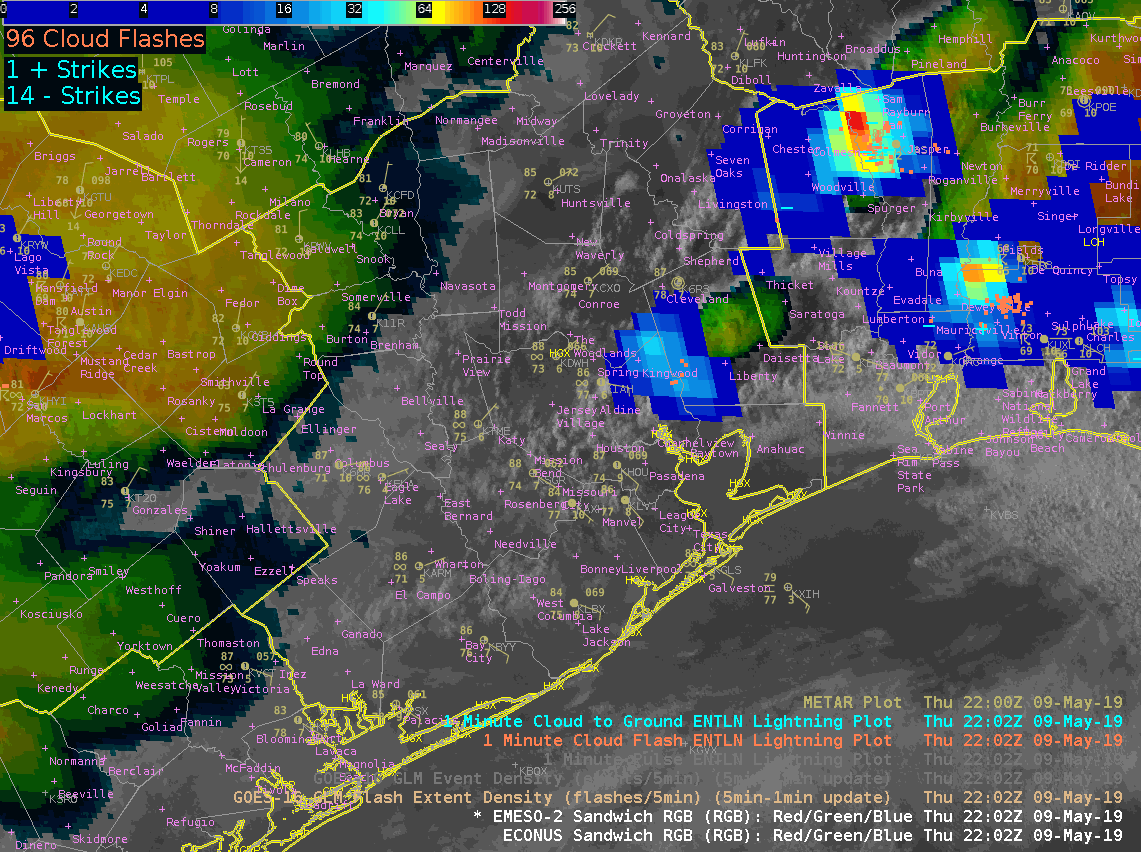

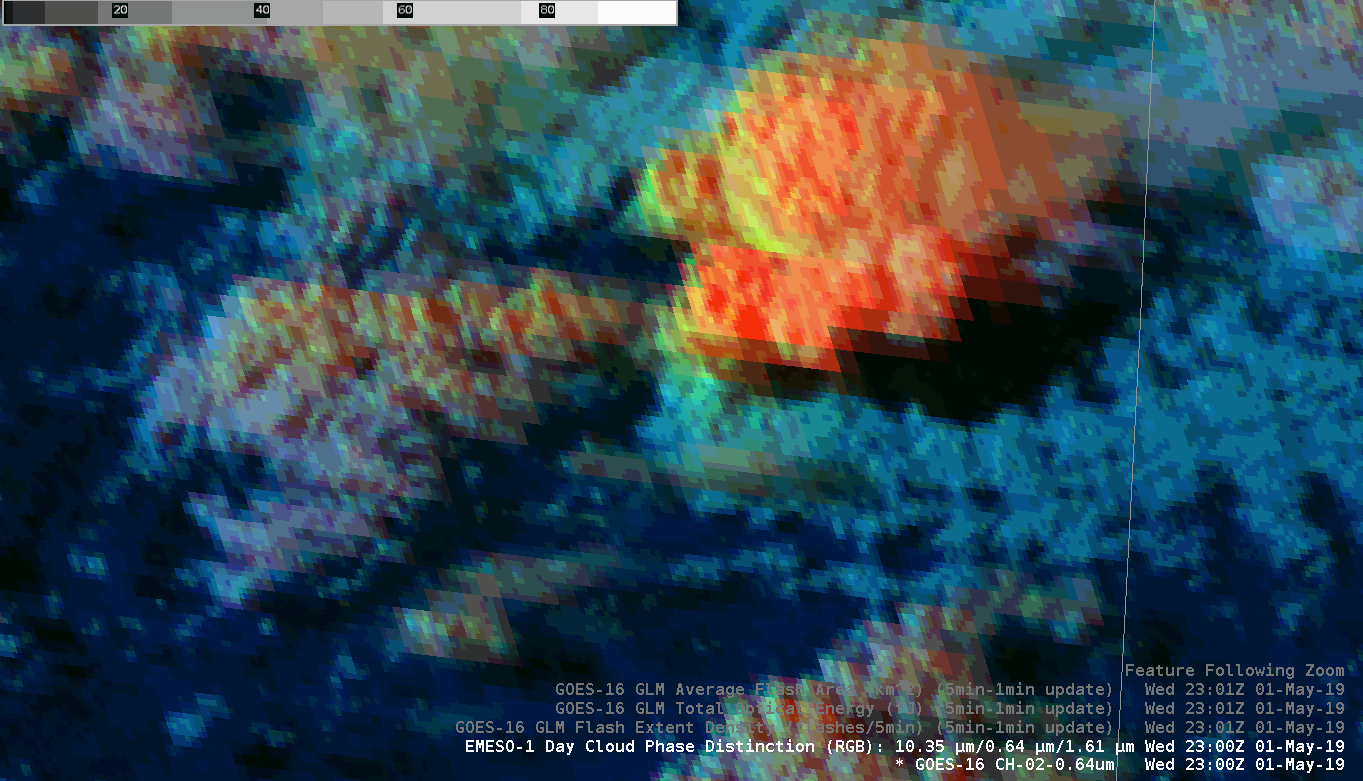 Day cloud phase 1 min of the same storm. Does not get much better than this!
Day cloud phase 1 min of the same storm. Does not get much better than this!